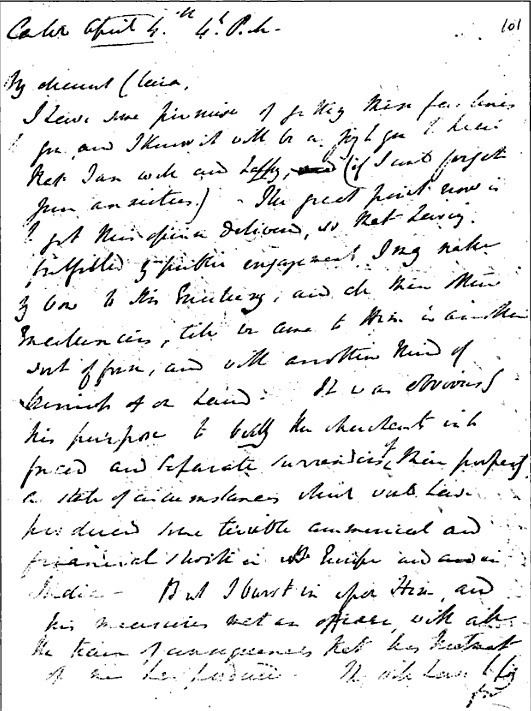 | ||
Handwriting is a writing created by a person with a writing material such as a pen or pencil. Handwriting includes both printing and cursive styles and is separate from formal calligraphy or typeface. Because each person's handwriting is unique and different, it can be used to verify a document's writer. The deterioration of a person's handwriting is also a symptom or result of certain diseases.
Contents
Uniqueness
Each person has their own unique style of handwriting, whether it is everyday handwriting or their personal signature. Even identical twins who share appearance and genetics don't have the same handwriting. A person's handwriting is like that person's fingerprints: people might be able to copy it, but never write it in an identical way. The place where one grows up and the first language one learns melt together with the different distribution of force and ways of shaping words to create a unique style of handwriting for each person.
Characteristics of handwriting include:
Medical conditions
Children with ADHD have been found to be more likely to have less legible handwriting, make more spelling errors, more insertions and/or deletions of letters and more corrections. In children with these difficulties, the letters tend to be larger with wide variability of letters, letter spacing, word spacing, and the alignment of letters on the baseline. Variability of handwriting increases with longer texts. Fluency of the movement is normal but children with ADHD were more likely to make slower movements during the handwriting task and hold the pen longer in the air between movements, especially when they had to write complex letters, implying that planning the movement may take longer. Children who have ADHD were more likely to have difficulty parameterising movements in a consistent way. This has been explained with motor skill impairment either due to lack of attention or lack of inhibition. To anticipate a change of direction between strokes constant visual attention is essential. With inattention, changes will occur too late, resulting in higher letters and poor alignment of letters on the baseline. The influence of medication on the quality of handwriting is not clear.
Uses of handwriting samples
Because handwriting is relatively stable, a change in the handwriting can be indicative of the nervousness or intoxication of the writer.
A sample of a person's writing can be compared to that of a written document to determine and authenticate the written document's writer; if the writing styles match, it is likely that one person wrote both documents.
Graphology
Graphology is the pseudoscientific study and analysis of handwriting in relation to human psychology. Graphology is primarily used as a recruiting tool in the applicant screening process for predicting personality traits and job performance, despite research showing consistently negative results for these uses.
